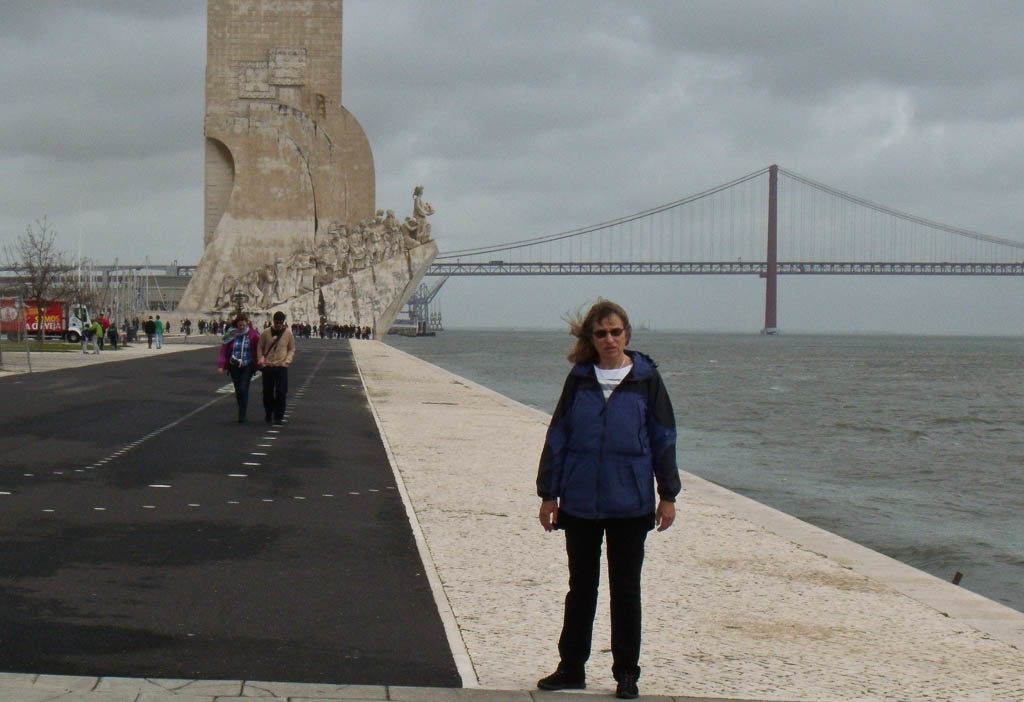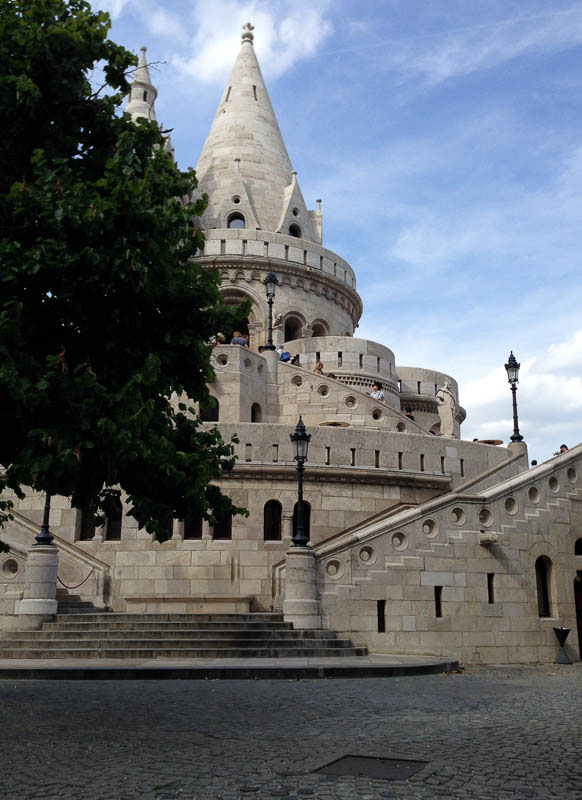Retirement Plans Fall Apart
What happens after following all of the advice of the financial industry about diligently saving for retirement and then real life (and the market) intrudes, and your goal of early (or even normal) retirement seems to be a far off fantasy? That reality is the scenario in which we found ourselves in the early 2010’s; it is what set the groundwork for the seduction that would come a few years later. The backstory for our journey into the Nomadic Lifestyle.
Back to the early 2010’s: Where did this leave us? We did what any rational adult couple would do. First, we got angry and then, we changed plans.
- We listened to the prevailing wisdom in the financial services industry and planned on working until 70.
- We looked at history and trusted that the market would recover.
- Ian took on as many projects as he could during the post 2008 recession, with the concern of who knew where the next project was going to come from, at the same time squirreling away as much into retirement accounts as possible.
Retirment Redefined
Fast forward to 2015: Things were looking up and getting back on track. Then Ian’s work temporarily dried up (real life again). We took a hard look at our expenses and realized that our burn rate was not sustainable. So we put ourselves on a budget (with varying degrees of success) to track expenses. We soon realized that:
- Ian liked working less and perhaps had gotten burned out with all the extra post 2008 work.
- Ann realized that given a choice, she preferred to retire earlier than age 70.
- We could survive on the lower level of income, but travel was going to have to be seriously curtailed.
Then we happened across a book, Home Sweet Anywhere, that forever changed our outlook on retirement. This book opened our eyes and hearts to the idea of location independent living. As we were reading the book, in our 2-person book club, we both were talking animatedly about the exciting possibilities of doing something similar. (Regrettably, neither of us had done the gap year trip after college.) However, the book provided limited details about the price tag for such a lifestyle. We began researching other options.
We found International Living, Live and Invest Overseas, and the idea of relocating overseas and becoming expats to save money. We’d read about a location one month and think that’s great, then the next month it would be different location and we would think that’s great, … soon we had tons of destinations. How would we ever choose? The truth was that we didn’t want to choose. We had been infected with wanderlust and settling for one location wouldn’t quench our thirst. In addition, we were getting the hard sell for seminars and add-on products from these last two referenced sources. As a result, although we were getting valuable and useful information, we couldn’t help but question the possible presence of bias in the information. After all, is any one place all moonbeams and roses? What about the potholes and manana time?

Around this time, an author whose book, World’s Cheapest Destinations, had served as the blueprint for our budget trips to Portugal and Hungary came out with a new book, A Better Life for Half The Price, in which he provided both positives and negatives of all the destinations about which we had been reading. He also mentioned a pair of bloggers, Simon and Erin of Never Ending Voyage, who have been living the location independent lifestyle for 6 years and published their expenses every year. Their numbers seemed doable, and the idea was hatched for a trial run: a one-year trip, a month in a country with up to four stops within a country. Could we really pursue long-term traveling on our retirement budget? Would we stumble across a location that charms us so much that we would want to stay put for an extended time?

Once we started looking at numbers, we soon realized that moving around this often would increase our costs (especially for lodgings and transportation) but deemed the extra cost vs. more destinations to explore trade-off to be worth it. With the caveat that we give ourselves permission to slow down if moving this often stops being fun and/or is counterproductive.

So that’s the evolution of how we came to this point. Along the way, we will be doing the research, taking notes, and reporting on how costs would have been affected if we would have stayed longer, say a couple of months or a year in furnished apartments. Since that scenario would be our ideal lifestyle in retirement!
Ian & Ann


2 Comments
I enjoyed featureless Jacksonville because I fell in with an interesting group of friends. If you move quickly through a place, the locals seem like zoo animals that you observe but don’t get to know. The relationships you form may make more difference than the weather or aesthetics of places you visit.
Hey Art, the goal is to get the vibe and fall in with a good community. If we end up liking a location, we always have the option of staying longer since we won’t be booking more than a week in advance.